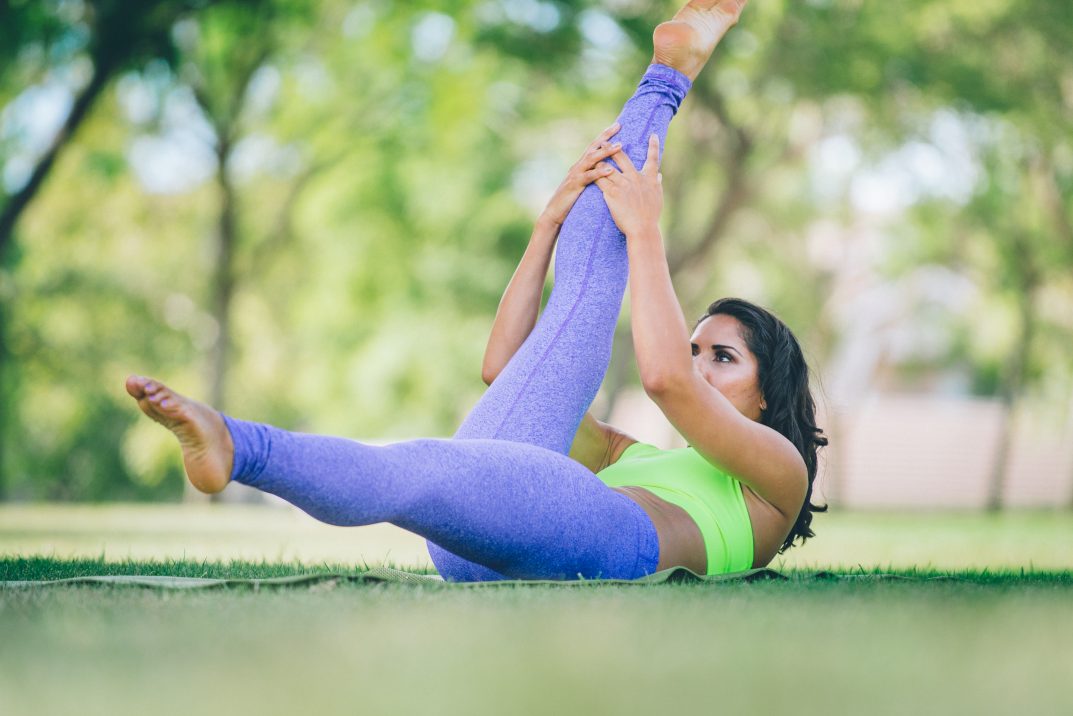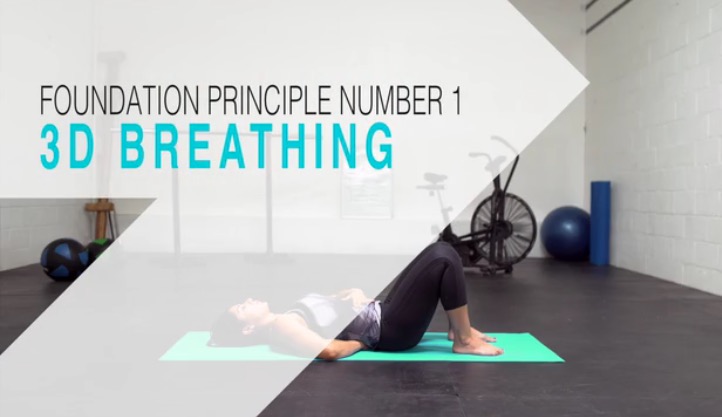I’m sure the last thing you’re thinking about when it comes to strength training is your pelvic floor muscles, but believe it or not, the two go hand-in-hand.
Not only do we all share the same pelvic floor anatomy (yea bruh, this applies to you), but a weak or overactive pelvic floor can really hurt us in the long run in some really inconvenient and embarrassing ways (cue the workout pees!).
In Pilates, the pelvic floor comes up quite a bit, but rarely do we hear or think about in the strength world. This is a shame really, because not only do our pelvic floor muscles play a crucial role in core and trunk stability, but when loose, weakened, or ‘stiff’ it can hinder our ability to lift some heavy weights.
Still not convinced this matters to you? Take a look at what else your pelvic floor muscles are involved in:
- It makes up part of your core musculature
- It’s affected by your breathing
- It aids in bladder and bowel control
- Supports us in recovery from childbirth, prostate surgery, and pregnancy
- Not to mention, it makes sex feel better and helps you reach your orgasmic potential. No, I did not read that in Cosmo magazine, but this fun fact is probably why Kegels became a thing in the 90s. Thanks Cosmo.
In other words, your pelvic floor health matters a lot. It’s one of the many reasons women gravitate to Pilates more so then men. Here are three things to consider as part of your pelvic floor maintenance plan.
Breath work done right
You may have heard of breathing drills to improve things like posture or lifting, but did you know it aids in pelvic floor health, too?
Yes, sister friend! There’s a a direct relationship between the diaphragm (aka your breathing muscle) and pelvic floor muscles.
When we inhale properly, our diaphragm inflates and pushes downward to the pelvic floor. During exhalation, the diaphragm relaxes and the pelvic floor muscles contract slightly. Since we breath 24/7, you’d think our pelvic floor muscles are also stretching and contracting throughout the day. Ya know…just living its best life.
Only problem is, most of us don’t know how to breath properly to begin with! We become chest and back breathers and leave our diaphragm out in the lurch.
Add in the stress of repetitive jumping, landing, and holding our breath during heavy lifts, and you have yourself a very strong, overactive pelvic floor.
This is why breathing is the first lesson in my Pilates FloWOD course and one of the primary principles of the Pilates method.
Breathing right forms the foundation of healthy movement patterns, better posture, deep diaphragmatic breathing, and of course, a healthy pelvic floor.
You can snag my breathing tutorial from Pilates FloWOD (for free) by signing up HERE.
Strengthen your core
You know how instability in one area of your body can create imbalances elsewhere?
This is exactly what happens to a weak pelvic floor. Sometimes, the problem lies in the surrounding areas, and the pelvic floor just takes the hit for it.
The word “core” can mean different things to different people, but in Pilates the core includes the pelvic floor muscles. My students are continuously working on core strength from the ribcage down to the pelvis, even if they don’t realize it.
A few exercises I like to use to help clients feel their pelvic floor:
- Leg lowerings, frogs, scissors, and bicycle with a ball underneath the sacrum
- Plank variations
- Flat back hinge on the short box (Reformer exercise)
- Long stretch series (Reformer)
- Side splits on the Reformer
Then of course there are certain cues to help people activate their pelvic floor muscles, like:
- “Imagine you’re stopping yourself mid-pee” (this works better for men)
- “Imagine pulling up a blueberry with your vaginal wall…and don’t crush it!
While I don’t typically cue the pelvic floor during a workout with my clients, these two cues are way more helpful in getting them to feel and understand their pelvic floor muscles if needed. Plus, they do a much better job than telling someone to “just do some Kegels.”
As lifters, it’s quite possible to have a very strong pelvic floor and still have it function improperly, much like how many of us can be super strong when we lift but move with dysfunction. By working the surrounding structures, in this case the deep, internal core muscles, we have a better chance of helping our pelvic floor muscles do its job.
Work them hips
Another area every one should strengthen and mobilize are the hips! This is another surrounding area of the pelvic floor that can sometimes be the culprit of an unhealthy or slightly dysfunctional pelvic floor region.
Any exercise that helps strengthen the hip area is beneficial for pelvic floor health, but let’s be mindful that we’re not just plugging in glute bridges and hip thrusts into our workouts and calling it a day.
In order to strengthen those areas for the purpose of pelvic floor health, we can dial back the intensity and add in more simple exercises or drills that allows you or the client to consider their pelvic floor region while working the hips.
Pelvic floor health expert Dr. Sarah Duvall, DPT put out this great video a while back that I’ve been using with both my Pilates and personal training clients to train the hips and get the pelvic floor muscles to naturally turn on.
It’s easy to explain and execute, and unlike your traditional hip/glute strengthening exercises, it keeps the focus on the hips and pelvic floor region instead of the weights. I consider Dr. Duvall as the go-to resource for this topic.
Hip mobility and strengthening techniques should be a regular part of overall pelvic floor health maintenance plan, because these muscles work dynamically with the core and hip. Strengthening both can lead to greater pelvic floor health.
Pilates, lifting, and pelvic floor health
I may be a little bias here but I believe Pilates is one of the best methods to get those pelvic floor muscles to fire how they should. Look at it as a preventative care plan for your pelvic floor. The Pilates method integrates breath work, core work, and hip work all into one repertoire, so if you’re someone who hates adding yet another drill, this is a great option to supplement your strength training with.
This is also a topic that rarely gets attention in the strength community, but it’s something to think about because the issues that come up due to poor pelvic floor health are more common than we realize. They can be embarrassing to talk about openly, and


